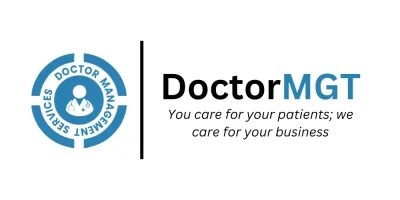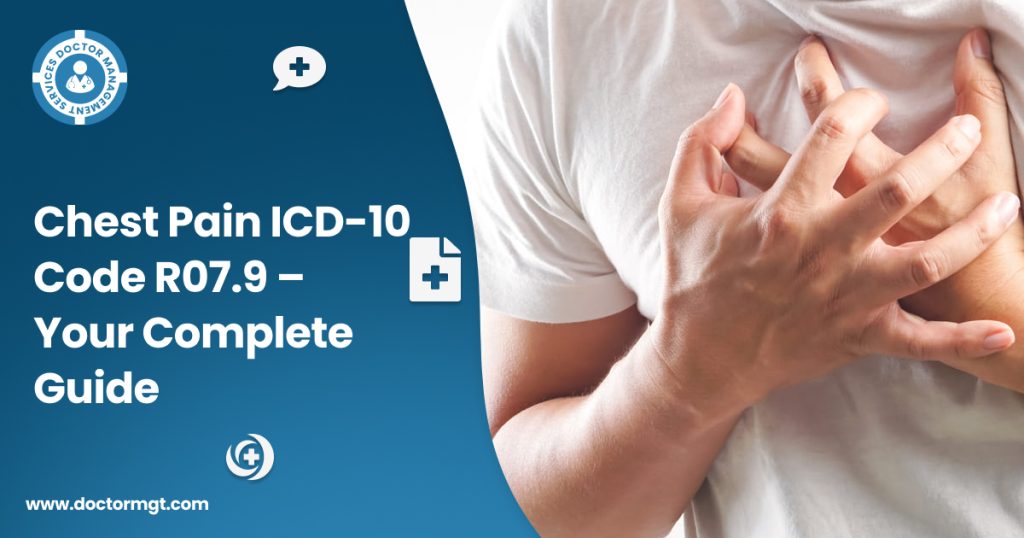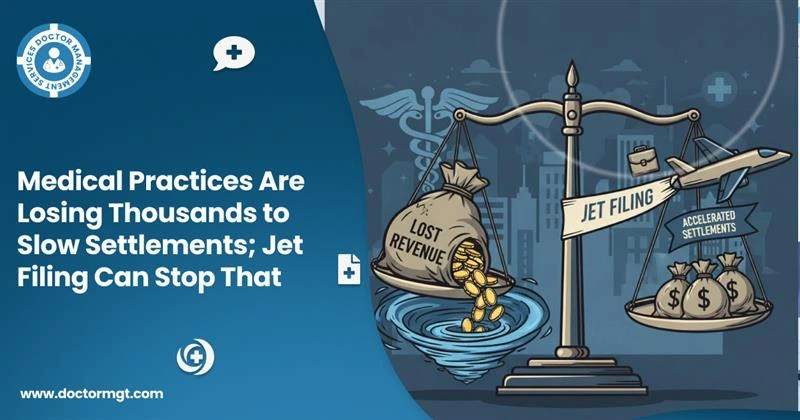ICD-10 stands for International Classification of Diseases, 10th Revision. The ICD-10, the WHO (World Health Organization) standard, is the system that countries adopted to record diagnoses, symptoms, and medical procedures. It facilitates streamlined communication between healthcare providers, insurers, and coders.
Letters and numbers make up ICD-10 codes, which begin with a letter and end with numbers. Each diagnosis code relates to a specific condition. For example, R07.9, which indicates “chest pain, unspecified.” This attention to detail guarantees precise communication relaying, accurate record maintenance, and the smooth processing of claims.
The move from ICD-9 to ICD-10 created a more specific and fragmented coding. These updates are critical for healthcare organizations and physician management services because of their ability to enhance the accuracy of diagnostics. Accurate documentation of symptoms, especially like chest pain, is essential for accurate claim processing.
What Is Chest Pain?
Chest pain can be a symptom of many different medical conditions. The intensity of the experience can vary, from a minor ache to a debilitating, agonizing pain. Moreover, it can come on suddenly or develop over time. Patients sometimes describe chest pain differently, making it difficult to identify at first in some cases.
This condition can involve any part of the chest, including the front of the ribcage. It can radiate to the back, shoulders, arms, or jaw, depending on the cause. Because the heart and lungs are both located in the chest, chest pain can indicate serious health issues that need urgent care.
Common Causes and Symptoms of Chest Pain
There are many possible causes for chest pain, and some of them can be life-threatening. Becoming aware of the root cause makes healthcare providers capable of providing timely and accurate diagnoses.
Cardiac Causes
Conditions such as angina, heart attack (myocardial infarction), or pericarditis frequently present with chest pain as a symptom. This kind of pain often feels like a crushing or tightness and may spread to other areas, like the arms or jaw.
Pulmonary Causes
Pneumothorax, pneumonia, and pulmonary embolism can all cause chest pain. These diseases can also come with respiratory symptoms such as shortness of breath.
Gastrointestinal Causes
Acid reflux, GERD, and esophageal spasms can cause chest discomfort. This chest discomfort can mimic cardiac pain.
Musculoskeletal Causes
Chest pain can have various causes, including muscle strain, costochondritis, and chest wall trauma. It’s important to consider these possibilities, even if they are not the primary suspects.
Psychological Causes
Chest tightness or pain can be a symptom of stress, panic attacks, and anxiety. But, it can also be a symptom of other conditions.
Symptoms Accompanying Chest Pain:
- Shortness of breath
- Nausea or vomiting
- Pain during breathing or specific movements
- Sweating
- Fatigue or dizziness
- Palpitations
Diagnostic Procedures
Proper assessment of chest discomfort is necessary to rule out life-threatening illnesses. The first step is to take a person’s medical history and perform a physical exam. Healthcare providers can do a number of tests depending on the suspected cause:
- Electrocardiogram (ECG): Looks for abnormal heart rhythms or signs of a heart attack.
- Chest X-ray: Detects lung disorders such as fractures or pneumothorax.
- Blood Tests: Assist in identifying the presence of markers for heart damage, such as troponin, or evidence of systemic infection.
- CT scan: Produces detailed images of the structure of the chest to check for blood clots or abnormalities.
- Physical Stress Test: Assesses the heart’s function during physical exertion.
- Endoscopy: Side of gastrointestinal causes of breast pain.
Treatment Options for Chest Pain
Treatment of chest pain depends on the cause:
- For Cardiac Issues: These may include medications like nitroglycerin or anticoagulants, or, in emergencies, procedures like angioplasty.
- For Pulmonary Problems: Oxygen therapy, antibiotics (for infections), or thrombolytic.
- For Gastrointestinal Issues: PPI or antacids for GERD; diet changes may also be advised.
- For Musculoskeletal Problems: Painkillers, physical therapy or rest may do the trick.
- For Stress or Anxiety: Counseling and medication might help address psychological causes of chest pain.
Doctors should follow up with patients to monitor progress and prevent recurrence of symptoms. This highlights the need for appropriate physician management services in all three areas.
Description of Chest Pain ICD-10 Code R07.9
The ICD-10 code for chest pain is R07. The “9” is used when a patient presents with chest pain but no specific cause has been diagnosed or is unspecified. It is a provisional diagnosis while awaiting additional test results or when a more specific ICD-10 code is not yet applicable.
R07. ICD-10-CM Chapter 18 focuses on symptoms, signs, and abnormal clinical and laboratory findings and captures a range of conditions. This is a billable code; it is reportable for a claim when accurately documented.
The use of this code is critical for tracking trends in patients, ensuring comprehensive documentation, and providing clarity for conditions that may be better defined at a later date.
Chest Pain ICD-10 Code Guidelines for Healthcare Providers
For both medical and administrative purposes—advancing care and getting paid for it—it is essential that healthcare providers use ICD-10 codes correctly. Code R07.9 is simple enough but needs to be utilized judiciously where further information on the cause of chest pain is not available. Whenever feasible, use more specific codes to reduce ambiguity.
List of ICD-10 Codes for Chest Pain
When ribs are abducted, there is an increase in thoracic volume, which reduces thoracic pressure, allowing for enhanced lung inflow. Here are some examples of the codes with slightly more detail:
R07.1
The code denotes “chest pain that is induced by respiratory activity.” In situations where patients experience distress that is directly related to inhaling or exhaling, clinicians frequently employ it. It is frequently linked to respiratory disorders, including pleuritic and rib fractures.
R07.2
This code includes “precordial pain.” This isn’t a general feeling of discomfort; it’s a distinct, localized pain in the area of the chest, directly over the heart. These types of pain frequently raise concerns regarding cardiac issues and require immediate evaluation.
R07.89
This code describes “other chest pain.” It applies to cases outside of the precordial or respiratory spectrum but is otherwise unique. It is a blanket term for atypical presentations of chest pain that fall outside the more familiar descriptions.
R07.9
The focus of this blog, R07.9, pertains to “unspecified chest pain.” Use it when the etiology of the chest pain is unclear or under consideration.
Billable ICD-10 Code for Chest Pain
ICD-10 code R07.9 is a billable code and is accepted by payers for reimbursement. While the clinical research progresses, it either serves as a temporary pre-diagnosis or is used alone if no more clarity is evident. Accurate use of billable codes guarantees accurate patient records and quick refunds.
If, for example, chest pain comes up in the context of preoperative evaluation, make sure you also think about those “ICD-10 preop clearance” codes if relevant.
Key Takeaways for Healthcare Providers
Correct usage of ICD-10 R07.9 is required for precise record keeping, uninterrupted billing, and proper patient care. Given that chest pain can represent many different conditions, precise coding helps improve diagnosis and reimbursement.
Claim processing is a significant challenge for healthcare providers. ICD helps streamline claims processing, improving reputation management for doctors, and patient outcomes. Ensure you practice and provide quality care according to the most recent coding guidelines.







